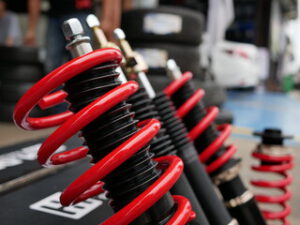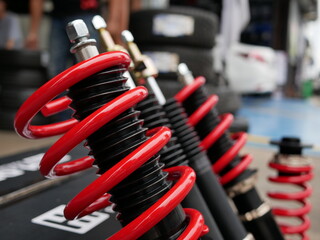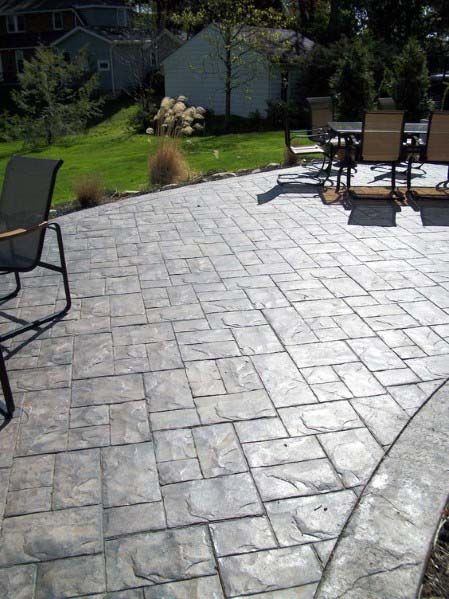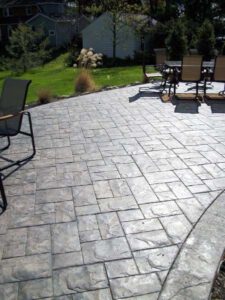Truck Accessories are a great way to customize your vehicle and improve its functionality. They are available in various forms and are often made from rugged materials that enhance the look of your truck.
Aside from making a truck stand out in a crowd or on the road, these accessories also help your customers do more with their trucks. This includes hauling loads, towing trailers or campers, and other tasks.
Tonneau covers are an excellent aftermarket modification to keep your truck’s payload secure. They prevent theft, shield cargo from prying eyes and weather, and offer the added bonus of boosting the resale value of your pickup. Some of these covers can also be optioned with rack systems to mount kayaks, bikes, surfboards, and other items that wouldn’t fit in your bed or cab.
These covers come in different forms, including hard folding and retractable, hinged, tri-fold, and soft snap styles. The most common and least expensive of these is the soft roll-up cover, which uses rails to secure a fabric panel, usually vinyl or canvas-like material, to the bed rails. When rolled up, straps behind the cab and premium hook-and-loop fasteners keep it taut and protected. These covers are available with UV protection, too.
Folding tonneau covers use three panels that fold back toward the cab of your truck, exposing only as much of the bed as you want. They’re made of hard composite plastic with metal hinges, and they’re a bit more expensive than their soft counterparts but less expensive than the most expensive of them.
Hinged covers are heavier and more expensive, and they attach to the tailgate of your truck for access to the rear of your payload. They open from a hinge at the back of your cab and raise up, but they’re still attached when lowered. Some hinged covers are available with lock systems for an extra layer of security. Depending on the model you choose, these can also be equipped with lights and cargo nets for additional protection. This is the most versatile type of cover for your truck. It’s an ideal complement to any rack system you might install.
Toolboxes
A truck tool box gives you a place to store tools and other items that don’t fit in the bed of your truck. It can also protect your gear from weather and theft. The best ones are made of strong, quality steel that can hold up to the rigors of the road and everyday use. They should have drawers that slide open smoothly, and they should be easy to lock. They should also have a gas spring to keep them up when opened, as well as an air-sealed lid that keeps moisture and bugs out.
There are several different kinds of tool boxes, and they mount differently. Crossover boxes sit across the side of the truck bed and rest on the rails, and they allow some floor space under them. They’re generally the least expensive option. Chest-mount boxes, on the other hand, are installed behind the cab and don’t extend past the sides of the truck bed. They limit some of the available floor space, but they don’t obstruct your view in the rearview mirror.
You can find a range of styles of tool boxes, including those with built-in dividers and organizational features to help you stay organized. Some of them come with a keyed lock for added security, while others have tumbler locks for easy opening and closing. Some even have a hasp for locking with a padlock.
While these kinds of truck accessories are useful for anyone who uses their pickup for work, they’re particularly valuable for tradesmen and other professionals who rely on their truck to get them from one job to the next. They can also add resale value to your truck when it comes time to sell it, as they’ll make it more attractive and functional for potential buyers.
Mud Flaps
The main purpose of mud flaps is to keep the dirt, rocks, and debris kicked up by your truck tires from spraying behind you. This helps to protect the paint on your truck, and it also prevents these same particles from chipping the windshields of vehicles following you down the road. This is particularly important if you drive an off-road vehicle.
In addition to protecting your paint, mud flaps are an excellent way to reduce the amount of rust that can develop on your steel chassis. If rock chips are allowed to penetrate the paint, they can cause rust that spreads over time and can damage your entire truck frame. Mud flaps can save you the hassle and expense of repairing these damages and help protect your investment.
There are several different types of mud flaps on the market, including plastic splash guards and rubber flaps that can withstand the elements. The style of mud flap you choose depends on your needs and the type of truck you have. For example, you may want to consider a custom-designed pair of mud flaps that are specifically made for your specific make and model of truck. You can also choose a flat, straight style that hangs from the rear of the wheel well or an integrated, molded style that wraps around the fender curves of your truck body.
Regardless of the type of mud flap you choose, they will add an extra layer of protection to your truck and can help improve your fuel efficiency by reducing wind resistance. They’re simple and effective, making them a must-have for anyone who drives on rough roads. They’re especially useful for off-roaders and those who frequently haul equipment in their truck beds.
Running Boards
When a truck enthusiast enters a shop that sells accessories for their vehicle, they feel like a kid in a candy store. There are so many different products to choose from, and it can be difficult to determine what is the best fit for their vehicle. Some people may choose to explore window tinting, but others will want to enhance their ride’s aesthetic with mud flaps or running boards.
Running boards are a great way to add functionality to your pickup truck. They offer a step for passengers to use when getting into and out of the vehicle, and they can also help protect the interior of the car from rock chips or other debris that can get kicked up by the wheels of a moving vehicle. Running boards are available from most automotive shops, and they can be installed quickly.
They are often made of a durable material, such as aluminum, and they can be used for quite some time before needing to be replaced. They can also be purchased with a gripping surface that minimizes slipping. Running boards can be a great addition to your truck, and they are a popular accessory for SUVs as well.
There are a number of different styles to choose from, including those that stay out and are visible at all times and those that tuck under the body when not in use. You can even find a product that will automatically extend when you open your door, and some come with LED lights for added safety. These features can be a big benefit to truck owners, and they make it easier for passengers to get into and out of the vehicle safely.
Bed Liner
There are a number of truck bed accessories available that preserve and improve the functionality of your cargo area. The most popular is a bed liner, which covers the cargo area and protects against dents and scrapes. There are several variations of this accessory, including plastic and spray-on liners.
Plastic bed liners typically have a rugged, textured surface that can prevent items from sliding around the truck’s cargo area. They’re usually easy to install and can be rolled up or removed when not in use. Some have built-in hinges between the tailgate and bed that allow them to lie flat when not in use.
Mat liners are often made of heavy-duty rubber. They’re a little more expensive than a simple plastic variation, but they can be molded to fit your truck and offer more protection. Many of them are resistant to chemicals and spills while also protecting against UV rays, scratches, corrosion, salt water, and extreme weather conditions. Some even dampen sound and vibrations.
One such mat is the Husky Liners X-Act Contour Series, which can be easily installed with hooks and loop fasteners and can be rolled up or removed when you’re not using it. Customers love how snugly it fits in their trucks and how objects don’t slide around. However, some reviewers mention that the lining has a strong, unpleasant odor when first unboxed and will last for a few days.
A spray-on lining is another option that can be easier to clean and more durable than a plastic version. The Raptor bed liner kit, for example, comes with a liner base, standard hardener, and a spray gun with a regulator. Customers claim this product is eight times tougher than other liners and creates a professional-looking, textured black finish.


